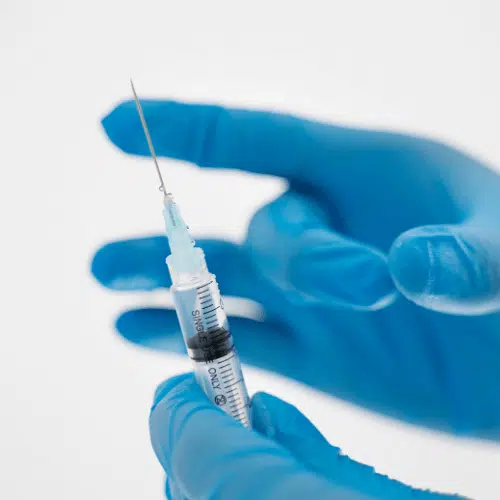A Biased View of Axis Spine And Orthopedics
A Biased View of Axis Spine And Orthopedics
Blog Article
The Only Guide for Axis Spine And Orthopedics
Table of Contents6 Simple Techniques For Axis Spine And OrthopedicsOur Axis Spine And Orthopedics IdeasAll About Axis Spine And OrthopedicsThe Best Strategy To Use For Axis Spine And Orthopedics
An orthopedic cosmetic surgeon is a doctor that specializes in treating issues of the bones, joints, and connective cells, and ensuring you keep a healthy and balanced bone and joint system., we have highly certified orthopedic doctors that are qualified of dealing with people of all ages. I obtained involved in study during my initial year of clinical college, and I began making links with orthopedic surgeons early on.
Comply with these standards carefully to avoid issues throughout the procedure. Discuss the post-operative care plan with your surgeon. Comprehend what to anticipate during the healing duration and for how long it will take to return to day-to-day activities. Schedule transportation to and from the healthcare facility on the day of surgical procedure.
3 Easy Facts About Axis Spine And Orthopedics Shown

Your doctor will offer lots of information relating to post-operative care, including just how to stay tidy and maintain the surgical area tidy. Complying with these tips can prepare you literally and emotionally for your orthopedic surgery. Remember to maintain a positive expectation and trust your medical team's knowledge, adding to a smoother recovery procedure.

Nobody expects you to know anything, so don't try to memorize a bunch of arbitrary truths. Otherwise, joint discomfort can truly mess up your life.
Usual conditions treated by orthopedic cosmetic surgeons are: Fractures and Bone Trauma: Broken bones and other injuries from crashes or influences. Bone Cancer: Lumps in the bones. Orthopedic Injury: Extreme injuries influencing bones, joints, or soft tissues.
Strains and Pressures: Injuries to tendons and content muscular tissues. Tendinitis: Swelling of the tendons. Orthopedic surgeons perform a range of procedures to help people with musculoskeletal issues. Common instances are knee and hip substitutes. Joint Restoration: Rebuilding a harmed joint to recover its feature. Bone Grafting: Taking bone from one part of the body and transplanting it to one more area to repair and restore damaged bones. Reconnecting Nerves: Repairing damaged nerves to restore activity and feeling. Back Disk Substitute: Replacing a harmed back disk with a fabricated one to relieve pain and bring back function. You'll need to take and pass the Medical College Admission Examination( MCAT). This standardized test examines your understanding and skills essential for success in clinical college. Clinical college is an extreme

Excitement About Axis Spine And Orthopedics
Next, they complete an orthopedic residency. It's usually five years and provides hands-on understanding in a medical setting. Limited activity as a result of pain. Stiffness. First visits often include: Reviewing your symptoms, case history and way of living. A physical examination, consisting of moving the affected joint in certain ways. Imaging research studies, such as an X-ray. Explanation of your diagnosis.
The orthopedic implant must be specifically made to fit the individual's makeup and make sure stability during the healing process. The success of orthopedic procedures counts greatly on the correct selection and positioning of implants that are suitable with the individual's makeup and medical history. By focusing on client safety and health, orthopedic surgeons can accomplish effective results and offer the highest possible high quality of care to their patients. Report this page